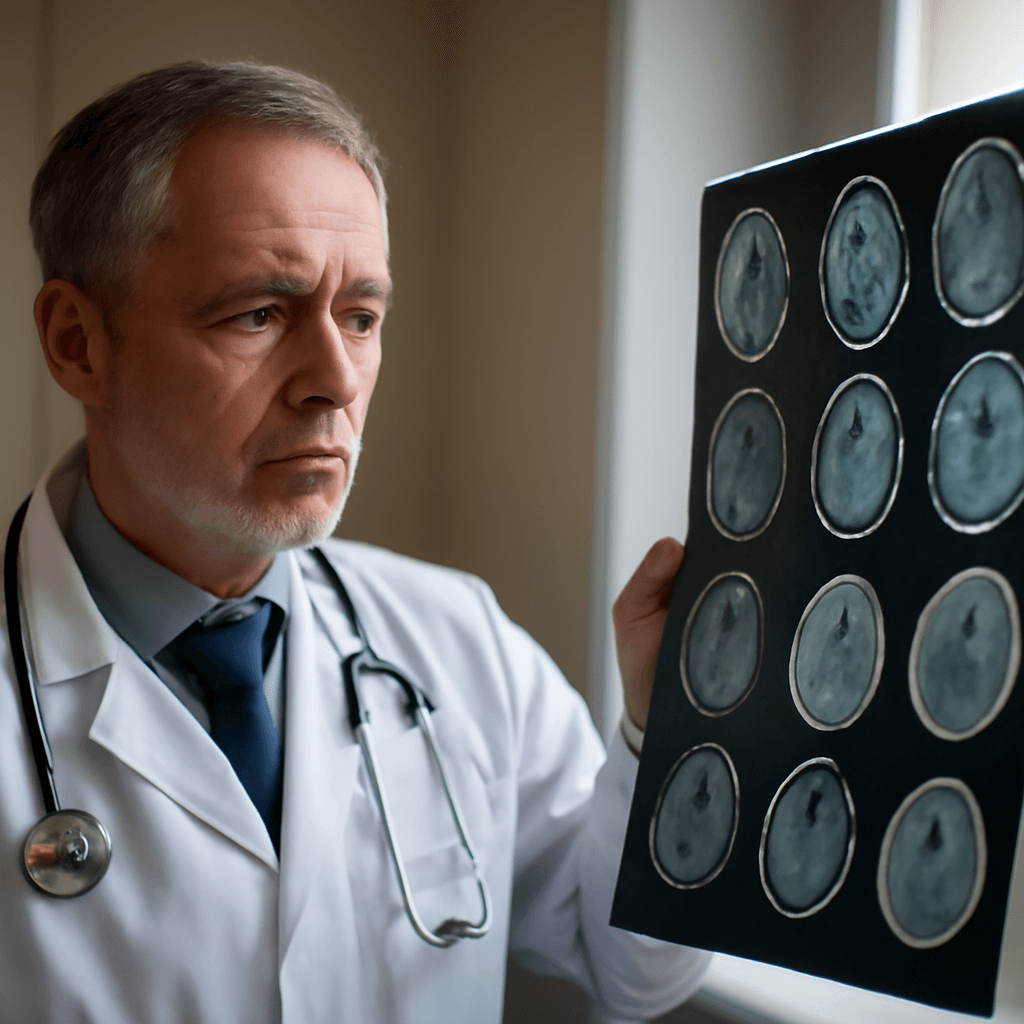Understanding Brain Tumours on World Brain Tumour Day
Brain tumours represent some of the most challenging neurological conditions, profoundly impacting lives. Yet, public awareness about their early symptoms and risk factors remains limited. On World Brain Tumour Day, specialists stress the importance of recognizing subtle warning signs, debunking common myths, and encouraging early diagnosis to enhance patient outcomes.
What Exactly Are Brain Tumours?
A brain tumour is an abnormal growth of cells within or adjacent to the brain. These growths can be benign (non-cancerous) or malignant (cancerous). They may originate in various parts of the brain, its protective layers, or nearby structures like the skull or nasal passages. Crucially, tumours result from DNA changes that disrupt normal cell growth, enabling unchecked cell division and mass formation.
Primary brain tumours arise directly from the brain tissue, whereas secondary tumours spread from cancers located elsewhere in the body.
Spotting the Early Warning Signs
Symptoms can vary depending on a tumour’s size, type, and exact location, but certain signs should raise immediate concern:
- Persistent headaches, worsening over time, especially in the morning or with movement
- Unexplained seizures
- Ongoing nausea or vomiting without clear cause
- Vision problems such as blurred or double vision
- Hearing difficulties, including ringing or hearing loss
- Balance or coordination issues
- Fatigue, personality changes, speech difficulties, or numbness in some body parts
The tumour’s location can influence symptoms like tingling, swallowing trouble, or limb weakness, making vigilance essential.
Not All Brain Tumours Are Cancerous
It's important to note that many brain tumours, such as meningiomas and pituitary adenomas, are benign. However, even non-cancerous tumours can cause significant symptoms by exerting pressure on surrounding brain structures, underscoring the need for timely medical attention.
The Link Between Lifestyle, Radiation, and Brain Tumours
The causes of brain tumours are complex and under ongoing study. Lifestyle factors like diet and obesity, well-known contributors to various cancers, may also influence brain tumour risks. Consuming protective foods—like green tea, leafy vegetables, and folate-rich items—might reduce risk, though more conclusive research is needed.
Chronic inflammation, whether from infections or genetic predispositions, is increasingly recognized as a factor in tumour development and recurrence.
What About Radiation?
Exposure to ionizing radiation from therapeutic procedures can elevate brain tumour risks. In contrast, routine diagnostic radiation from X-rays or CT scans involves minimal exposure, while MRI and ultrasound use no ionizing radiation and are considered safe.
Mobile Phones: Separating Fact from Fear
A frequent concern is whether mobile phone radiation causes brain tumours. Mobile phones emit non-ionizing radiofrequency (RF) radiation, which currently shows no definitive evidence of directly damaging DNA. Some studies have hinted at a possible association with gliomas, a rare brain cancer type, but findings remain inconclusive.
Children, with thinner skulls and developing nervous systems, might be more vulnerable. As a precaution, it’s advisable to:
- Use speaker mode or earphones during calls
- Limit prolonged phone use with the device close to the head
- Keep phones away from the body when not in use
Effective Treatment Brings Hope
Fortunately, most brain tumours are treatable, with many patients achieving cure or significant control through surgery, radiation, and chemotherapy. Surgical advances in microneurosurgery have dramatically improved outcomes.
While treatment can cause side effects such as fatigue, headaches, balance difficulties, or temporary cognitive issues, ongoing medical care, proper nutrition, and rehabilitation play key roles in recovery. Many patients regain a high quality of life with diligent follow-up and support.
Key Takeaway: Stay Alert and Proactive
Ultimately, the path to better brain tumour outcomes lies in awareness, early detection, and informed lifestyle choices. By recognizing warning signs promptly, practicing sensible mobile phone use, maintaining a balanced diet, and seeking expert medical advice when needed, individuals can take meaningful steps towards safeguarding their neurological health.











